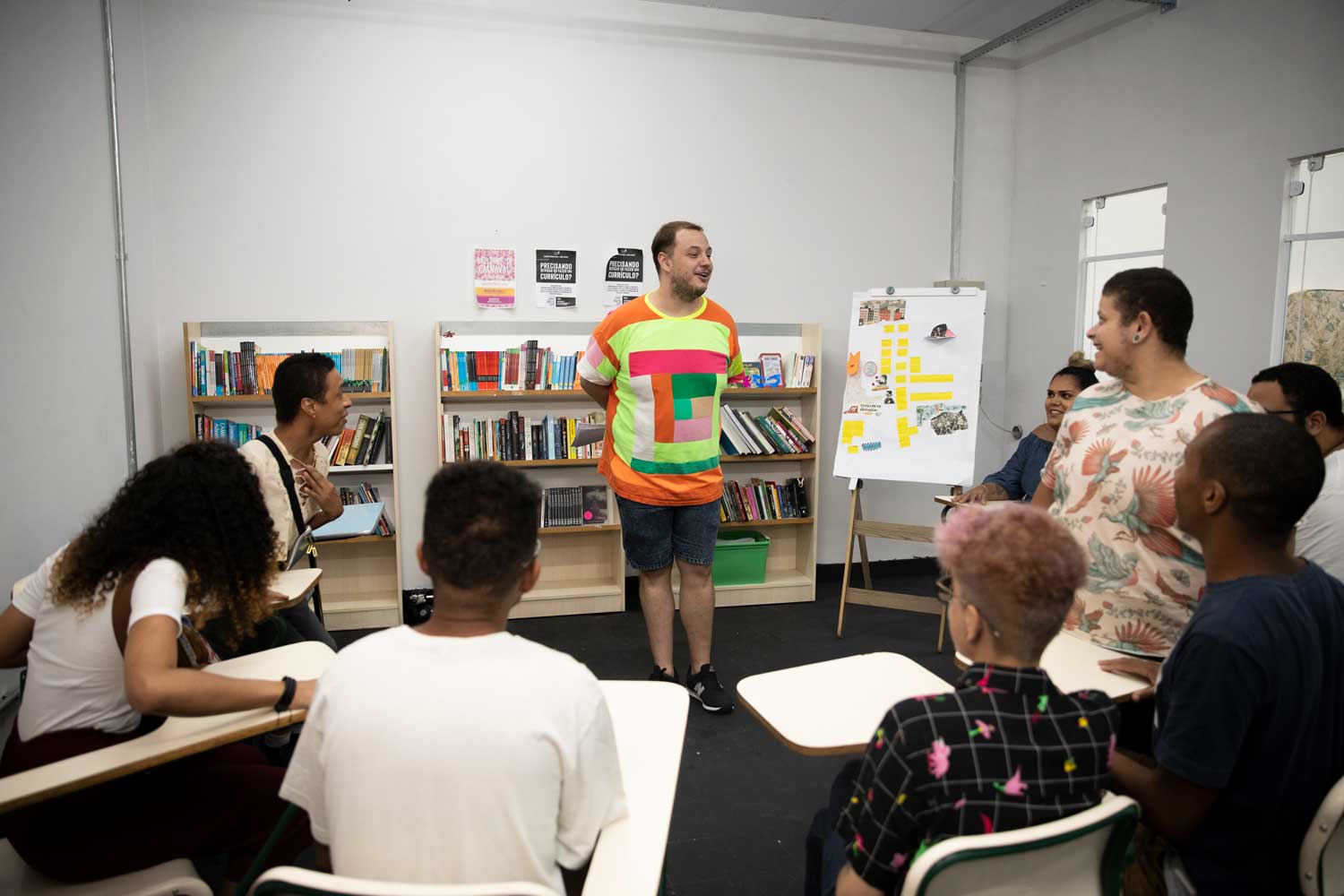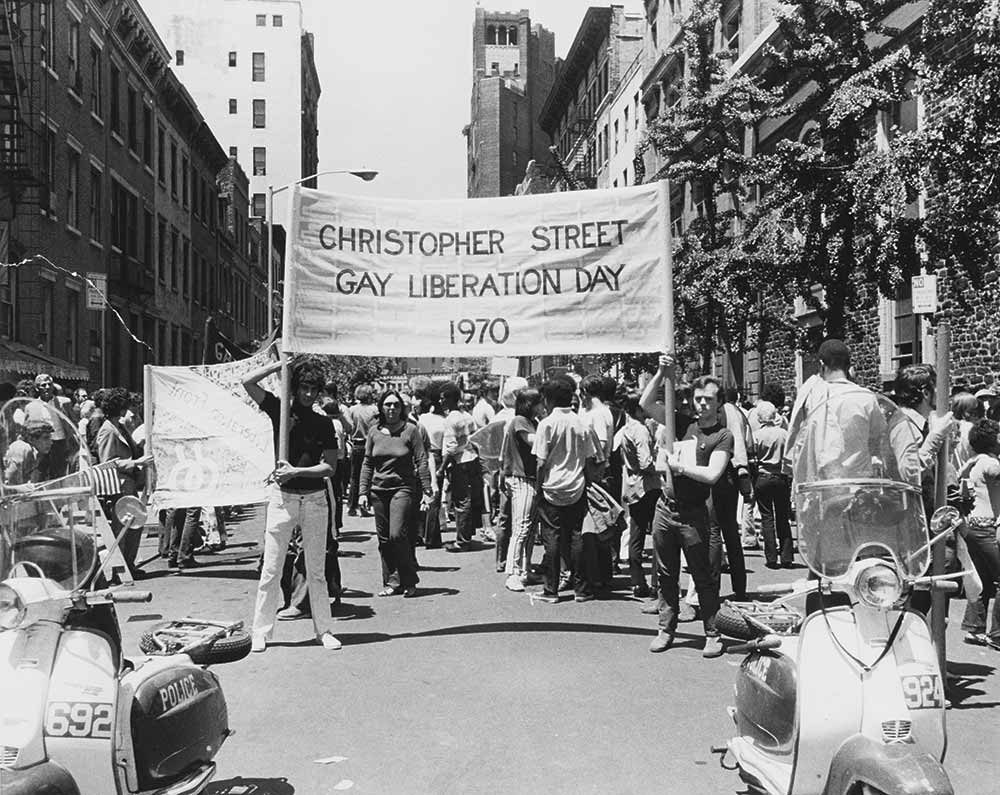Force for Change
The past year has transformed nearly every aspect of our world. In these times of dramatic change and uncertainty, many of us have found strength, resilience, empowerment, and agency in community, and in the historical struggles, legacies, and triumphs of those before us who have paved the way to a better future. We've been called to reflect on our own lives and to consider, support, and protect those in our local and global community who face marginalization and systemic discrimination. In this global crisis, the intersectional struggles of LGBT+ people for recognition, dignity, rights, and social justice have been ongoing, and we are called upon to be a force for change.
In honor of Gay Pride Month and in celebration of the fifteen-year anniversary of our annual Pride art exhibition, Arcus Americas—the Americas chapter of Clifford Chance's global LGBT+ and allies community—is pleased to present Force for Change, a virtual exhibition in parallel with fourteen of the firm's offices around the world: Amsterdam, Frankfurt, Hong Kong, London, Madrid, New York, Paris, Perth, São Paulo, Singapore, Sydney, Tokyo, Milan, and Washington DC.




















